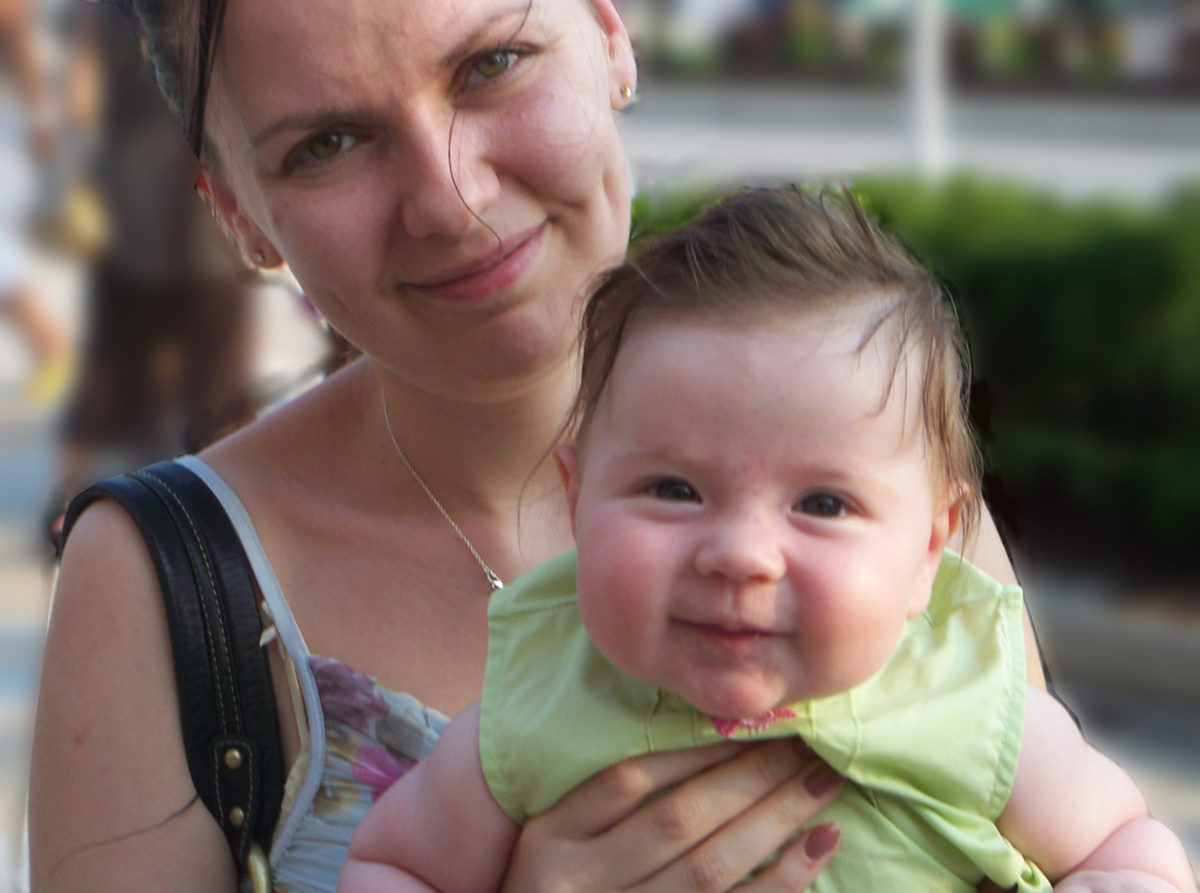Table of Contents
Clubfoot can be treated in a variety of ways. Let's look at the options and their pros and cons.
The Ponseti Method
The Ponseti method is, globally, the most popular treatment option for clubfoot.This method is characterized by gentle stretching exercises and the use of a plaster cast to gradually alter the position of the foot. Starting very soon after birth, the process involves stretching exercises that will work towards reaching a correct position, followed by applying a plaster cast that reaches from foot to thigh. This process is performed in a weekly basis until the foot finds itself in an optimal position.

Once the foot has reached the correct position, many babies will need a minor surgical procedure called an Achilles tenotomy to release the tight tendon that so many babies with footclub have.
Once these procedures are complete, patients will require braces to ensure that the feet stay in the correct position and no relapses occur. People born with clubfoot which was subsequently treated with the Ponseti method will usually need to wear these braces for a few years. The Ponseti method has proven to be extremely successful, correcting clubfoot in 90 out of 100 babies.
The French Method
As with the Ponseti method, the French method (also called the French functional method) of treating clubfoot relies on stretching exercises. These are performed between three and seven days a week, and then taped — often with a splint to ensure progress is maintained. Babies being treated with the French method will usually need a tenotomy just like those treated with the Ponseti method, and the treatment is likewise commenced shortly after birth. However, the treatment regime is maintained until a child is two to three years old, rather than following two different steps — casting and bracing.
Surgery For Clubfoot
Non-surgical treatment for clubfoot can be very successful indeed, but sometimes the deformities are so severe that surgery is required. Non-surgical treatments can also fail because families find following the rigorous routine difficult. Even where surgery is required, having undergone treatment according to the Ponseti or French method will often have lessened the extent of the deformity, making the subsequent surgery less extensive.
READ Could Your Baby Have Congenital Torticollis? Signs To Watch Out For
With treatment, the child's foot is likely to be quite a bit smaller than average, and their mobility may be slightly affected. However, most kids who started treatment shortly after birth will be able to walk and run without difficulties or pain. Leaving clubfoot left untreated is not a good option. It can result in immobility or reduced mobility as well as arthritis, muscle problems, and social and self-confidence problems.
- Photo courtesy of Lateral Support via Flickr: www.flickr.com/photos/sic/102281618
- Photo courtesy of ECohen via Flickr: www.flickr.com/photos/7378221@N03/672843312


Your thoughts on this